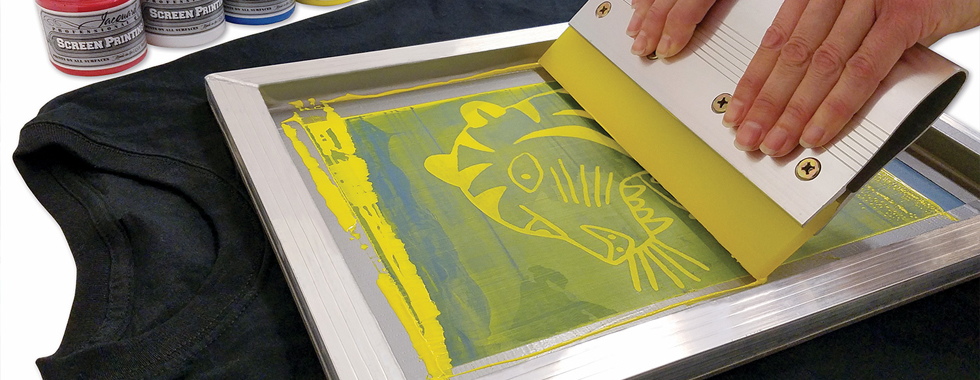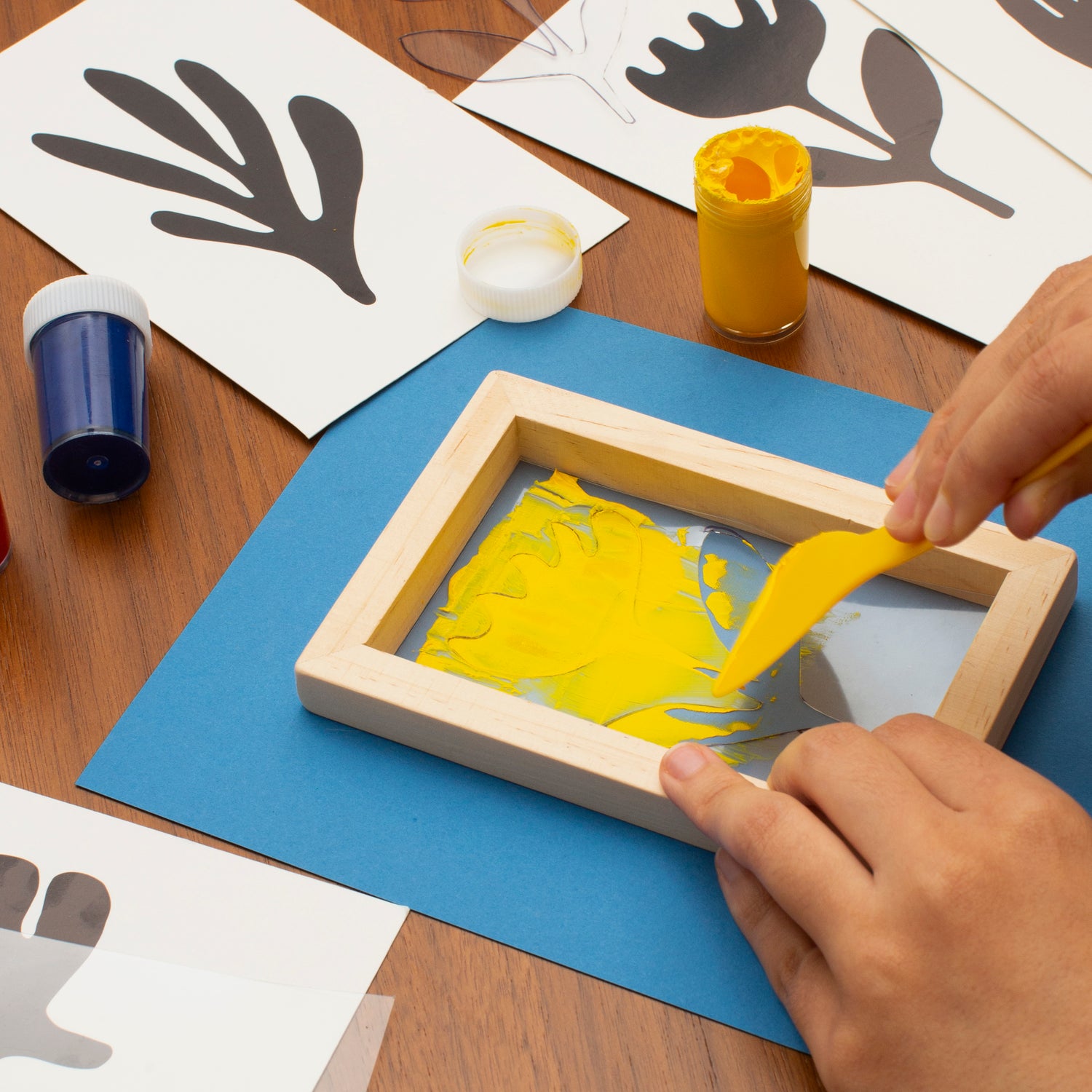The Important Guide to Understanding Screen Printing and Its Versatile Utilizes
Screen printing has a rich background that dates back to old times, evolving into a sophisticated method used across different industries today. This guide discovers the complexities of the screen printing procedure, detailing its applications in advertising and marketing, style, and home style - 10:9 Design Texas. Recognizing these basics can open up imaginative potential for both creative and industrial jobs. The following areas will reveal vital tips and methods to boost one's screen printing endeavors
The History of Screen Printing
Although screen printing has roots that trace back centuries, its advancement mirrors the technological and imaginative advancements of various cultures. Coming from in ancient China, the strategy was at first made use of for enhancing textiles and later infect Japan, where it came to be integral to Ukiyo-e woodblock printing. The method changed to Europe in the 18th century, where it gained popularity amongst craftsmens and industrial printers. The invention of photo solution in the 20th century transformed screen printing, enabling even more detailed designs and better effectiveness. Artists like Andy Warhol further propelled its popularity, utilizing the tool to develop iconic works that combined commercialism and art. By the late 20th century, screen printing had actually developed itself as a versatile method, employed in vogue, advertising and marketing, and art. Today, it continues to advance, incorporating electronic innovation and expanding its applications throughout different industries.
The Screen Printing Process Explained
Screen printing transforms artistic visions into tangible layouts via a series of specific actions. At first, an image is produced and afterwards moved onto a screen, usually made of fine mesh textile stretched over a frame. A light-sensitive solution is related to the screen, which is revealed to light, solidifying in locations not covered by the image. After rinsing the unhardened emulsion, a stencil is formed.
Next off, the screen is placed over the substrate, whether it be fabric, paper, or an additional material. Ink is after that pressed with the open locations of the pattern making use of a squeegee, depositing the style onto the substratum below. This procedure can be duplicated for multiple shades, calling for separate screens for each hue. The printed item is healed utilizing heat to assure the ink adheres appropriately, resulting in a durable, vibrant design ready for usage.
Kinds Of Screen Printing Techniques

In addition, specialty strategies, such as discharge screen printing, eliminate color from the fabric to create softer prints, while aluminum foil screen printing applies metal foil to achieve a glossy coating (10:9 Design Texas). Each technique supplies unique features, satisfying various creative needs and manufacturing ranges, ultimately broadening the possibilities within the screen printing domain
Applications of Screen Printing in Numerous Industries

In addition, the signs and advertising fields use screen printing for developing appealing display screens and banners. This method permits bold shades and intricate styles that capture interest. In electronic devices, screen printing is used for using conductive inks to motherboard, crucial for part links. The home design industry accepts screen printing to generate unique styles on fabrics and wall art. Generally, screen printing acts as an essential device throughout diverse fields, improving items with customized and aesthetically attractive graphics.
Tips for Effective Screen Printing Projects
While embarking on a screen printing project, cautious focus to information can substantially boost the final end result. Picking top notch products is necessary; this includes the screen, inks, and substratums. Using appropriate mesh matters can influence ink deposition and information resolution. Prep work is just as vital; comprehensive cleaning of screens and proper exposure times ensure crisp prints.
Next off, precise registration is critical for multi-color prints. Utilizing alignment devices can aid attain accurate layering. In addition, testing prints on scrap products before manufacturing helps recognize potential problems without wasting resources.

Frequently Asked Questions
What Products Are Ideal for Screen Printing on Fabric?
Cotton and polyester blends are ideal for screen printing on fabric because of their longevity and ink absorption. Furthermore, specialized textiles like silk or canvas can create one-of-a-kind textures and finishes, improving the overall design quality.
Just how Do I Tidy and Maintain Screen Printing Tools?
To preserve and clean up screen printing equipment, one should on a regular basis clean screens with appropriate solvents, evaluate squeegees for wear, oil relocating parts, and shop all products in a completely dry, dust-free setting to extend their life expectancy.
What Are the Ecological Effects of Screen Printing?
Screen printing can have considerable environmental influences, including chemical waste from inks and solvents, water usage during cleaning processes, and power intake. Sustainable practices and environmentally friendly products are important for lessening these adverse results.
Can Screen Printing Be Done in your home Successfully?
Screen printing can be efficiently done at home with the appropriate products and methods. Hobbyists can develop quality prints, though success relies on their ability degree, devices, and understanding of the process included.
What Are the Costs Related To Starting a Screen Printing Organization?

Beginning a screen printing organization entails costs for equipment, materials, and workspace. Preliminary expenses typically range from a couple of hundred to a number of thousand dollars, depending on the range, high quality of equipment, and wanted manufacturing ability.
Screen printing has a rich background that dates back to old times, progressing right into an advanced technique used throughout different industries today. One more strategy, rotary screen printing, employs cylindrical displays, facilitating constant printing on textile rolls, thus enhancing efficiency for large-scale productions. In addition, specialized methods, such as discharge screen printing, get rid of dye from the textile to create softer prints, while foil screen printing uses metal aluminum foil to achieve a glossy finish. In the style industry, screen printing is widely made use of to produce lively styles on apparel, making it possible for brand names to display their special styles. Cotton and polyester blends are visit this page ideal for screen printing on textile due to their longevity and ink absorption.